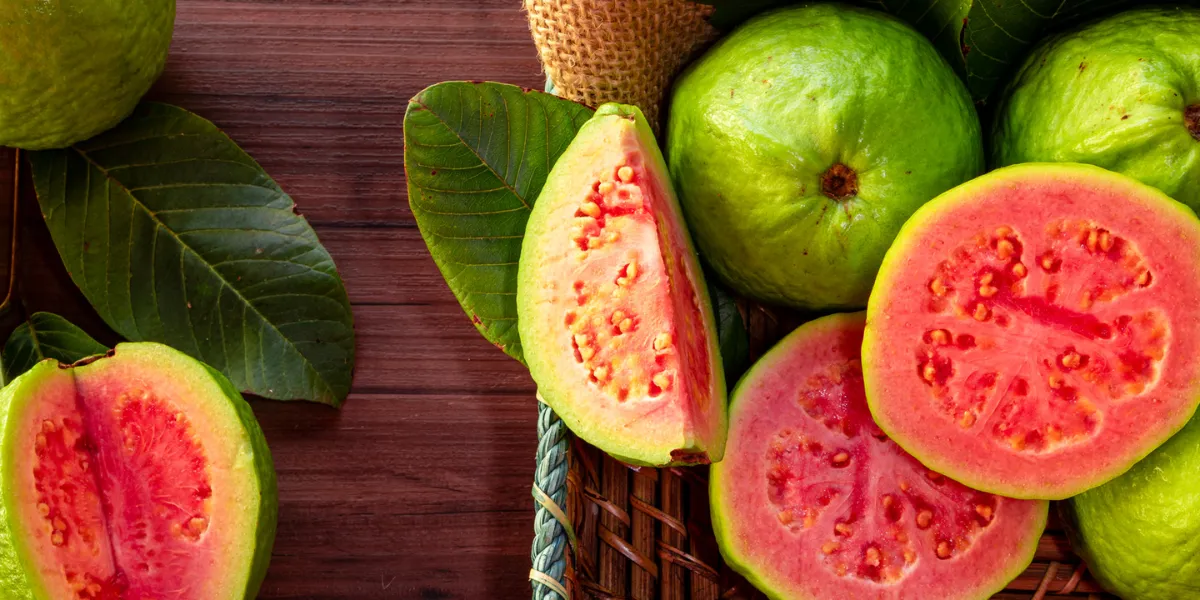The traditional Mediterranean diet has garnered worldwide recognition for its emphasis on fresh, delicious foods and its proven health benefits. But for those seeking an even more plant-forward approach, the Green Mediterranean diet emerges as an exciting option.
Table of Contents
ToggleWhat is the Green Mediterranean Diet?
The Green Mediterranean diet builds upon the core principles of the traditional Mediterranean diet while amplifying the focus on plant-based ingredients. This translates to:
- Abundance of fruits, vegetables, legumes, and whole grains: These form the base of the diet, providing essential vitamins, minerals, fiber, and complex carbohydrates.
- Increased emphasis on healthy fats: Extra virgin olive oil, nuts, seeds, and avocados are encouraged for their heart-healthy fats and antioxidants.
- Limited intake of animal products: Meat, poultry, and eggs are consumed sparingly, with a preference for oily fish like salmon and sardines.
- Focus on mindful eating and portion control: Enjoying meals in a relaxed setting and attuning to hunger cues are important aspects of the Green Mediterranean lifestyle.
Green vs. Traditional Mediterranean Diet: A Side-by-Side Look
While both diets share a foundation of healthy eating, here’s a table outlining their key differences:
| Food Category | Traditional Mediterranean Diet | Green Mediterranean Diet |
|---|---|---|
| Fruits | Moderate | Abundant |
| Vegetables | Abundant | Extra Abundant |
| Whole Grains | Moderate | Abundant |
| Legumes | Regular | Regular |
| Fish & Seafood | Moderate | Focus on oily fish |
| Dairy | Moderate | Limited |
| Eggs | Limited | Limited |
| Meat | Limited | Rare |
| Poultry | Limited | Rare |
| Unhealthy Fats | Limited | Limited |
| Added Sugars | Limited | Very Limited |
Potential Benefits of the Green Mediterranean Diet
Research suggests that the Green Mediterranean diet may offer several advantages:
- Enhanced heart health: The emphasis on fruits, vegetables, fish, and healthy fats may contribute to lower blood pressure, improved cholesterol levels, and reduced risk of heart disease.
- Weight management: The fiber-rich nature of the diet can promote satiety and aid in healthy weight management.
- Boosted gut health: The abundance of plant-based foods nourishes the gut microbiome, promoting digestive health and overall well-being.
- Reduced risk of chronic diseases: Studies suggest that the Green Mediterranean diet may help lower the risk of type 2 diabetes, certain cancers, and cognitive decline.
Getting Started with the Green Mediterranean Diet
Embracing the Green Mediterranean diet doesn’t require drastic changes. Here are some tips to get you started:
- Incorporate more colorful fruits and vegetables: Aim for at least five servings per day, exploring a variety of colors and types.
- Make whole grains your go-to: Opt for brown rice, quinoa, oats, and whole-wheat bread over refined grains.
- Embrace legumes: Include lentils, beans, chickpeas, and peas in your meals for added protein and fiber.
- Choose healthy fats wisely: Drizzle olive oil on salads, incorporate nuts and seeds into your snacks, and enjoy avocado in moderation.
- Limit animal products: Focus on the occasional consumption of fish, particularly oily varieties, and opt for lean cuts of meat or poultry when you do include them.
- Explore plant-based protein sources: Tofu, tempeh, lentils, and quinoa can provide satisfying meat alternatives.
- Enjoy dairy in moderation: Opt for yogurt, cheese, and milk in smaller portions, choosing low-fat or fat-free options whenever possible.
- Cook more meals at home: This allows you to control ingredients and portion sizes.
- Savor your food: Eat mindfully, paying attention to hunger cues and enjoying the taste and texture of your meals.

FAQs About the Green Mediterranean Diet
1. Is the Green Mediterranean Diet suitable for everyone?
While generally safe for healthy individuals, consult a doctor or registered dietitian before making significant dietary changes, especially if you have any underlying health conditions.
2. Can I be vegetarian or vegan on the Green Mediterranean Diet?
Yes, the Green Mediterranean diet can easily be adapted to accommodate vegetarian or vegan lifestyles. Focus on a variety of plant-based protein sources and ensure you meet your nutrient needs through whole grains, legumes, nuts, seeds, and fortified foods.
3. Are there any drawbacks to the Green Mediterranean Diet?
While a well-planned Green Mediterranean diet is nutritious, some people might find it challenging to significantly reduce their intake of animal products. Consulting a healthcare professional can help ensure you’re getting all the essential nutrients.
Sample Meals and Recipes for the Green Mediterranean Diet
Breakfast:
- Scrambled Tofu with Spinach and Tomatoes: A protein-packed and flavorful option. Scramble tofu with chopped spinach, diced tomatoes, onion, and your favorite herbs. Serve with whole-wheat toast.
- Greek Yogurt with Berries and Granola: A light and refreshing breakfast. Combine plain Greek yogurt with fresh berries and a sprinkle of homemade granola made with rolled oats, nuts, and seeds.
Lunch:
- Lentil Salad with Roasted Vegetables: A hearty and satisfying lunch. Combine cooked lentils with roasted vegetables like zucchini, peppers, and onions. Dress with a lemon-tahini sauce.
- Chickpea Salad Sandwich on Whole-Wheat Bread: A quick and easy option. Mash chickpeas with chopped celery, red onion, and your favorite herbs. Spread on whole-wheat bread and top with lettuce and tomato.
Dinner:
- Salmon with Roasted Asparagus and Quinoa: A delicious and nutritious meal. Bake salmon fillets seasoned with herbs and spices. Roast asparagus alongside. Cook quinoa for a fluffy grain accompaniment.
- Vegetable Paella: A flavorful Spanish dish packed with vegetables. Sauté peppers, onions, tomatoes, and your favorite seasonal vegetables. Add rice, broth, saffron, and spices. Simmer until cooked through.
Snacks:
- Fresh fruit with nut butter: A satisfying and healthy snack. Pair apple slices, banana slices, or berries with almond butter, peanut butter, or cashew butter.
- Hummus with vegetable sticks: A classic and nutritious snack. Enjoy hummus with carrots, cucumbers, bell peppers, or celery sticks.
- Trail mix: Make your healthy trail mix with nuts, seeds, dried fruit, and dark chocolate chips.
Tips:
- Experiment with different herbs and spices to add flavor to your meals.
- Utilize leftover cooked grains and vegetables for quick and easy meals.
- Batch cooked grains and legumes to save time throughout the week.
- Don’t be afraid to get creative and explore new plant-based recipes.
Conclusion
The Green Mediterranean diet offers a delicious and nutritious approach to healthy eating. By incorporating an abundance of fruits, vegetables, whole grains, and healthy fats, you can reap the benefits of this heart-healthy lifestyle. Remember, consistency is key. Start by making small changes and gradually integrate more plant-based meals into your routine. With a little planning and exploration, you can enjoy the vibrant flavors and health advantages of the Green Mediterranean diet.














